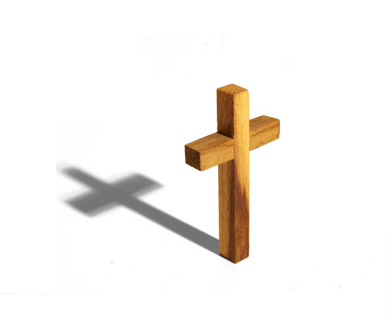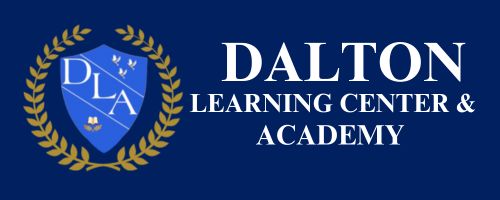Schedule a Tour
[cws-row cols=312 id=”cols312″][col span=4][cws-widget type=accs title=”” items=6][item type=accs title=”Kindergarten”]
[/item][item open=1 type=accs title=”First Grade”]
[/item][item type=accs title=”Second Grade”]
[/item][item type=accs title=”Third Grade”]
[/item][item type=accs title=”Fourth Grade”]
[/item][item type=accs title=”Fifth Grade”]
[/item][/cws-widget][/col][col span=8][cws-widget type=text title=”
First Grade @ Dalton Learning Academy“]

Welcome to First Grade
Dear Parents,
As your child prepares for a different and exciting new year in First Grade, we are giving you a list of suggested school supplies and uniforms for the 2020-2021 school year.
UNIFORMS
Provided in your packet but can also be found in the website below
– https://www.frenchtoast.com/schoolbox/schools/dalton-learning-center-QS61C2M
Face shield is mandatory for ages 3 and up. It can be found at Amazon.
SUPPLY LIST
- 1 Bible (NKJV)
- 1 Dictionary
- 1 Back pack (without wheels)
- 1 11”x17” zipper pencil bag (pouch)
- 5 Marble composition notebook
- 5 two-pocket folders
- 1 pack white lined paper
- 1 24 pack no.2 yellow pencils
- 1 Box of dry erase markers (expo)
- 1 Glue (liquid) bottle
- 5 (large) glue sticks
- 1 Scissors
- 1 pack index cards
- 2 Box of 24 crayons
- 1 Box of colored pencils
- 1 box washable markers
- (Crayola preferred)
- 2 big “pink pearl” eraser
- 1 set of watercolors
- 2 box of tissues
- 1 (big bottle) hand sanitizer
- 2 bottles of anti-bacterial Liquid soaps
- 1 letter size clip board
- 1 container of Clorox wipes (no Lysol brand due to allergies
- Expect to have and replenish throughout the school year as needed.
- Personal Items MUST be labeled.
Reading
The student…
- Reads at or above level
- Uses basic elements of phonetic analysis (ex. Hears, segments, substitutes and blends sounds in words)
- Uses sound/symbol relations and beginning letters (onsets) and patterns (rhymes) as visual cues for decoding
- Uses context clues to construct meaning (ex. illustrations, knowledge of the story and topic)
- Uses information from a variety of sources (letters, sounds, pictures, background information, grammar) to figure out unknown words.
- Develops vocabulary by using references (ex. Illustrations, knowledge of the story and topic) to build upon prior knowledge
- Uses knowledge of word endings (including s, ing, ed, er, est, ful) to determine word meanings
- Uses a variety of strategies to comprehend text (ex. Inference, self-monitoring, predicting, retelling, discussing, restating ideas)
- Knows the main idea or theme and supporting details of a story or information piece
- Makes inferences based on text and prior knowledge (ex. Regarding traits, feelings, actions of characters)
- Reads for information used in performing tasks (ex. Directions, graphs, charts, signs, captions)
- Identifies fiction and non-fiction writing
Writing
Fluent writers…
- uses pre-writing strategies independently ( such as brainstorming, webs, etc)
- participates in the writing process through the whole group, small group, and independent writing
- uses beginning, middle and end organizational formats in their stories
- uses word wall words; sensory words
- uses conventional spelling with most frequently used words
- consistent use of spacing, capitalization, and punctuation
- writes for a variety of purposes on their own
- able to plan, draft, conference, revise, edit, publish
- creates narrative, informative pieces of writing
- uses technology/media resources to support learning
Mathematics
The student…
- models addition and subtraction situations using a variety of strategies
- identifies, describes, and applies addition and subtraction as inverse operations
- creates and uses increasingly sophisticated strategies, and uses properties such as commutative, associative and additive identity, to add whole numbers
- uses counting strategies, number patterns, and models as a means for solving basic addition and subtraction fact problems
- compares and orders whole numbers at least to 100
- represents two-digit numbers in terms of tens and ones
- orders counting numbers, compares their relative magnitudes (size), and represents numbers on a number line
- uses appropriate vocabulary to compare shapes
- composes (joins) and decomposes (takes apart) plane and solid figures
- extends repeating and growing patterns, fills in missing terms, and justifies reasoning
- measures by using iterations of a unit and counts the unit measure by grouping units
- compares and orders objects according to descriptors
- uses mathematical reasoning and beginning understanding of tens and ones
- solves routine and non-routine problems by acting them out, using manipulative, and drawing diagrams
- counts by 2s, 5s, and 10s to 100
- counts combinations of coins up to $1.00
- tells time to the hour and the half hour
Science
The student…
- understands that all matter has observable measurable properties
- recognizes that energy may be changed in form
- understands what types of motion may be described, measured, and predicted
- recognizes patterns in weather
- knows the basic needs of all living things
- understands how living things interact with their environment
- uses the scientific process and habits of mind to solve problems

Dalton Learning Center/Academy
2601 SW Port St. Lucie Blvd Port St. Lucie, FL 34953
Daltonlearningacademy.com
daltonlearningacademy@gmail.com, daltonlearningcenter@gmail.com
( 772) 337-8160

Copyrights @2016 - Dalton Learning Center
